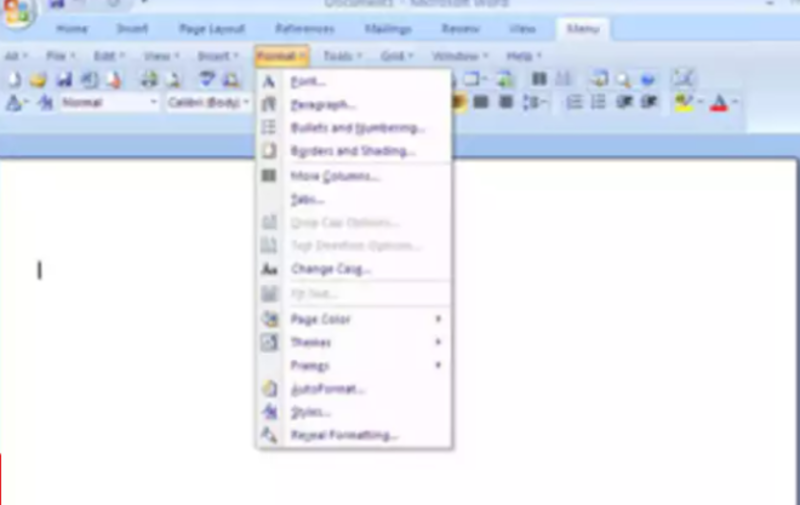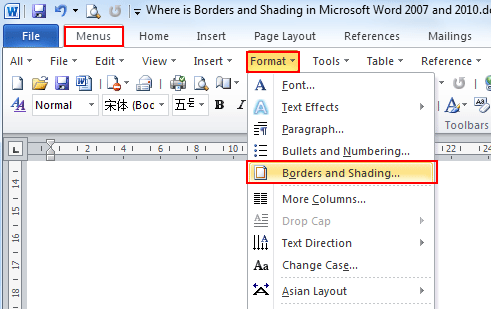

This can really matter if you’re instructed to use one particular version, and will matter more as you move into submitting articles for journals (which may specify either version of English) or working for a company that uses British or American spelling as standard. You will submit your document in the incorrect version of the language. If you are working, say, at a university that uses UK English, and you use a version of Word that’s set for US English, when you run a spell check (or if you ask Word to highlight errors as you go along), the spelling will default to American English. The language that is set for your Word document sets the language in which the spelling and grammar checks work. Why would I want to change the language of my Word document?
Where is change case in word 2013 how to#
Letters that would be uppercase using the other options will be slightly larger than letters that would be lowercase using the other options.This article tells you how to change the language of your document in Word 2007, 2010 or 2013. NOTE: Small caps in the Font dialog box can be used in conjunction with the other two methods for changing case. Confused? It’s a bit like strikethough or superscript formatting which changes the appearance in the document, but the underlying letters haven’t changed. They change the look of the letters but don’t change the underlying Upper/lower case of the letters. These two ‘Caps’ options are different from regular Change Case choices.

We’ve talked about those little icons many times at. The Font dialog box is under the arrow in the bottom right corner of the Font group of the Home tab on the Ribbon. There are two lesser known change case options hiding under the Home | Font part of the ribbon. Uppercase letters become lowercase, and all lowercase letters are changed to uppercase. Capitalize each word – the first letter of each word will be uppercase, and the rest lowercase.Uppercase – all the selected text goes to UPPER case.Lowercase – all text will forced to lowercase.Sentence case – The first letter of each sentence in the selected text is capitalized and the rest will be lowercase.There are two more choices here than using Shift + F3. When you click the button, a dropdown menu will appear showing different options for you to choose. Sentence case (first letter of each sentence is uppercase and the rest lowercase)Īnother way to change the case of text is to select the text that you want to change and click the Change Case button on the Font group of the Home tab on the Ribbon.This option will toggle around three different case options:

To change text using only the keyboard, highlight the selected text, hold down the shift key and press F3. Replace text – good when there’s many words or phrases to change.There are four ways to change the case of existing text in Word: ‘change case’ can become ‘Change Case’ or ‘CHANGE CASE’ without retyping. Change Case options in Word, like many Word features goes beyond the obvious choices on the ribbon.Īlter the upper/lower case of words, phrases or more.


 0 kommentar(er)
0 kommentar(er)
